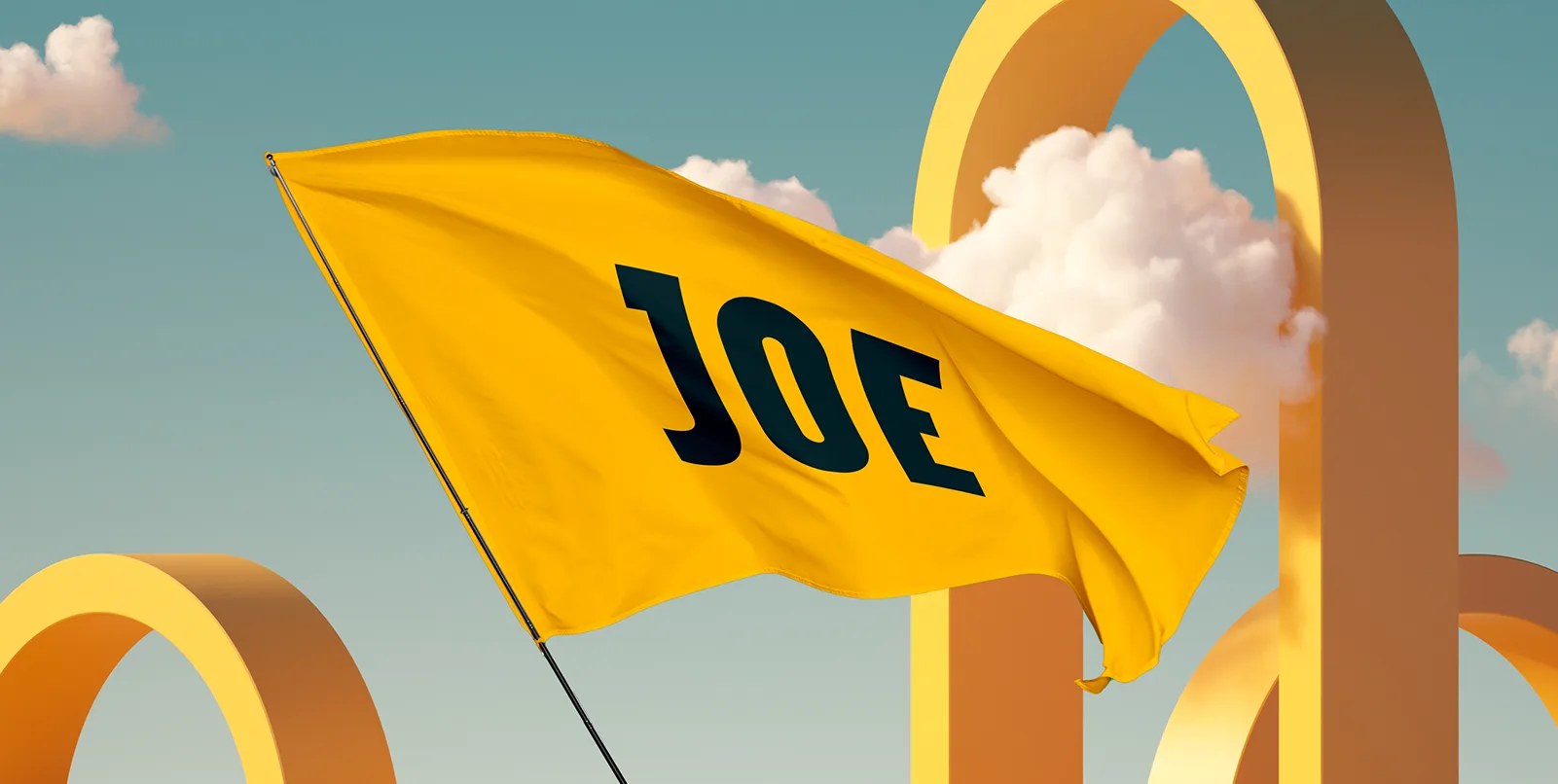The biggest problem is that the GAA overachieved on the aims of its strategic review in 2002.
As much as the funding that was injected into the games promotion of Dublin is creating an imbalance, it was a necessary thing to do.
Dublin houses a fifth of the country and that fraction is getting bigger every year. The GAA want to have the biggest and most popular games in Ireland. But, in their capital, they were seeing nothing but decline as rugby and soccer made moves, backed with resources, finances and dreams.
Still, today, even with the powerhouse that Dublin has become, the proportion of registered players relative to the population is behind most counties.
On The GAA Hour, Jarlath Burns who was chairman of the Players Committee in 2002 when the strategic review was reported, made the case – a very strong one – for why the injection into Dublin was crucial.
“Somebody who met us commented on the situation [in Dublin] and said the day before the 1995 All-Ireland final, you could’ve walked down O’Connell Street, the main street in the capital city of our country, and you would not have known that there was even a match going to take place, never mind that this county was going to be participating in an All-Ireland final.
“I’ll read a bit of this report. It says, ‘the last five years have seen a rapid growth in the number of people living in the Greater Dublin Area. Recent research has indicated that fewer and fewer of these children are choosing Gaelic Games as their preferred activity. The situation is further compounded by the fact that the main competitors in the sporting arena are investing significantly in marketing their games aggressively, including areas and schools where previously the GAA was the dominant entity in sporting terms.’
“The GAA was declining rapidly in Dublin at that stage. I remember Peter Quinn’s report at the special congress that said there are vast tracks of inner city Dublin and in South Dublin where the people don’t even know that the GAA exists, never mind playing it.
“That was borne out a few years later whenever we relaxed Rule 42 and the IRFU had to issues direction for people in South Dublin to get to Croke Park.”
16 years later and Cuala in South Dublin are winning All-Ireland hurling titles, the county footballers have taken home six of the last eight Sam Maguires and Croke Park is the only destination for a lot of the kids in the capital.
But it’s important to remember that the money was never intended to target winning more at senior level. It was about participation and nothing else.
“Remember what the GAA’s coaching and games strategy is, what the ethos is. It is not anything to do with producing elite performance – that comes later on at the academy, which counties themselves have to fund. What it is is participation, honoured by this statement: ‘We want people to play and stay with the GAA,’ Burns explained.
“You make a point asking, ‘why was all this money going into Dublin?’ I would respond to that by saying any area where the GAA sees that there’s a need, they will invest in it.
“If we don’t have a strong presence in the capital city of our country, how relevant are we going to be?
“I’m not arguing with what you’re saying because there is an imbalance. Even at the highest level of Croke Park, they’ll admit that there’s an imbalance.”
Other counties have problems too and you can see where their gripes are coming from. But at the time, the GAA needed to be stronger in Dublin.
“I believe that it’s very important that the GAA is strong and vibrant and relevant in our capital city.
“At the time the strategic review was written, we were losing a massive amount of potential throughout the city because of the amount of aggressive marketing that was being done by other sports. There is only so much decline you can take before you say, ‘right, we have to stop it.'”
Listen to the full discussion below.






























